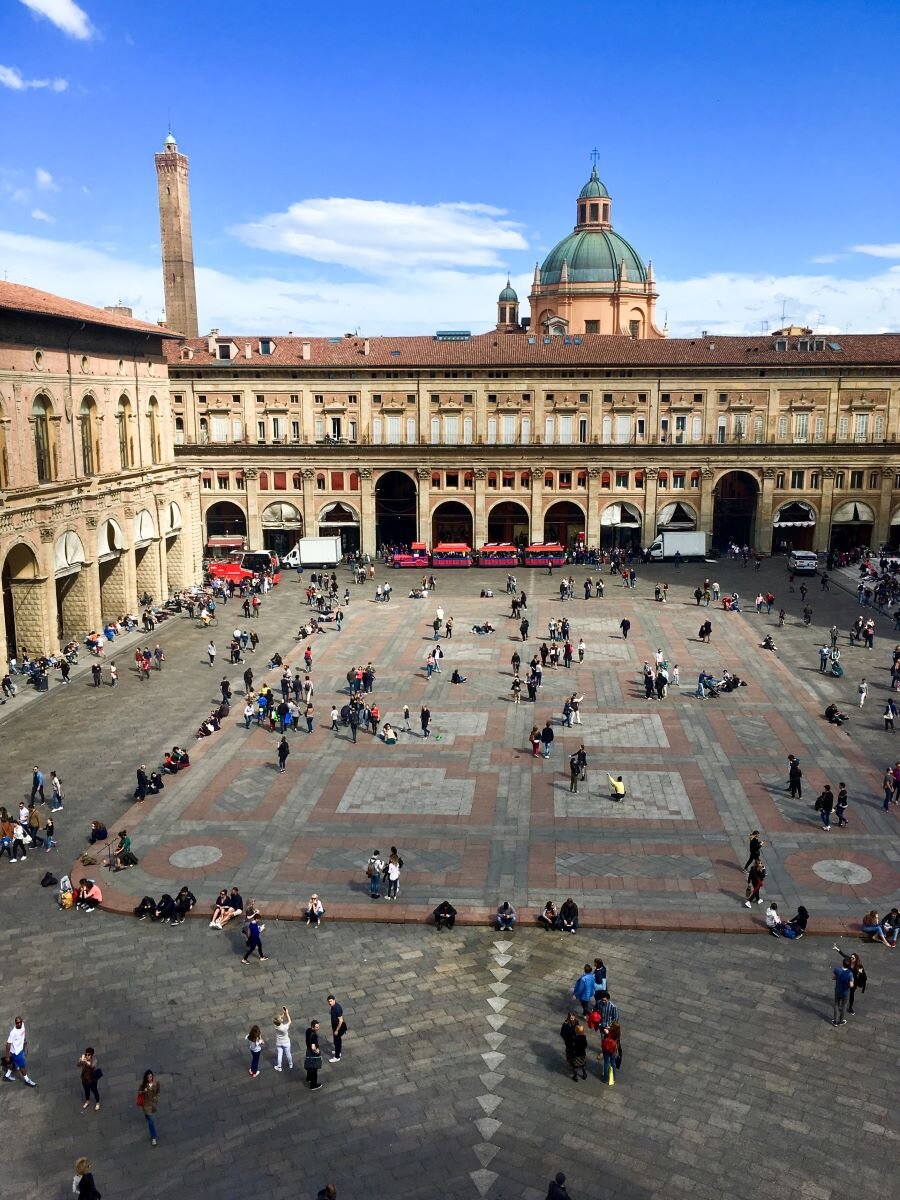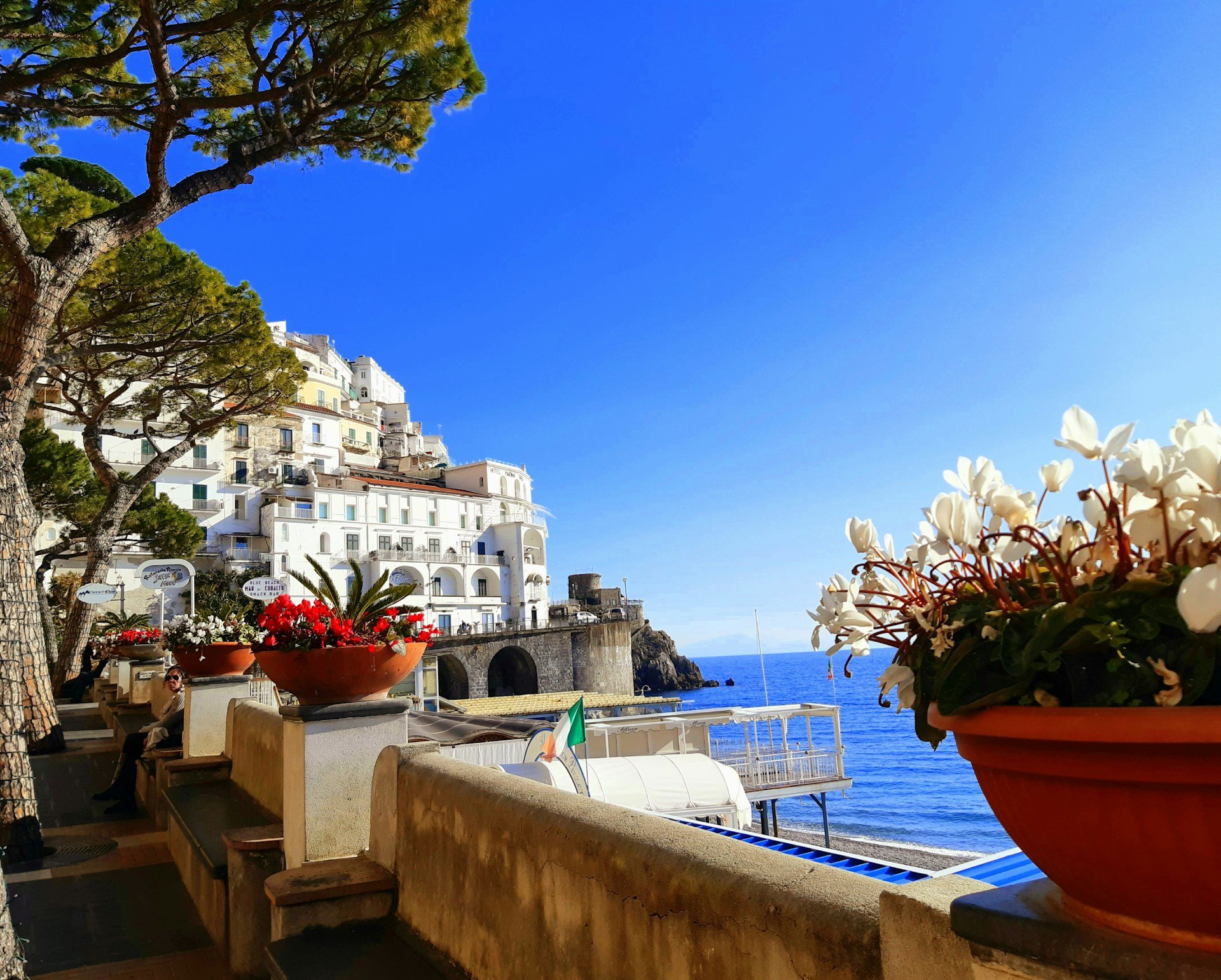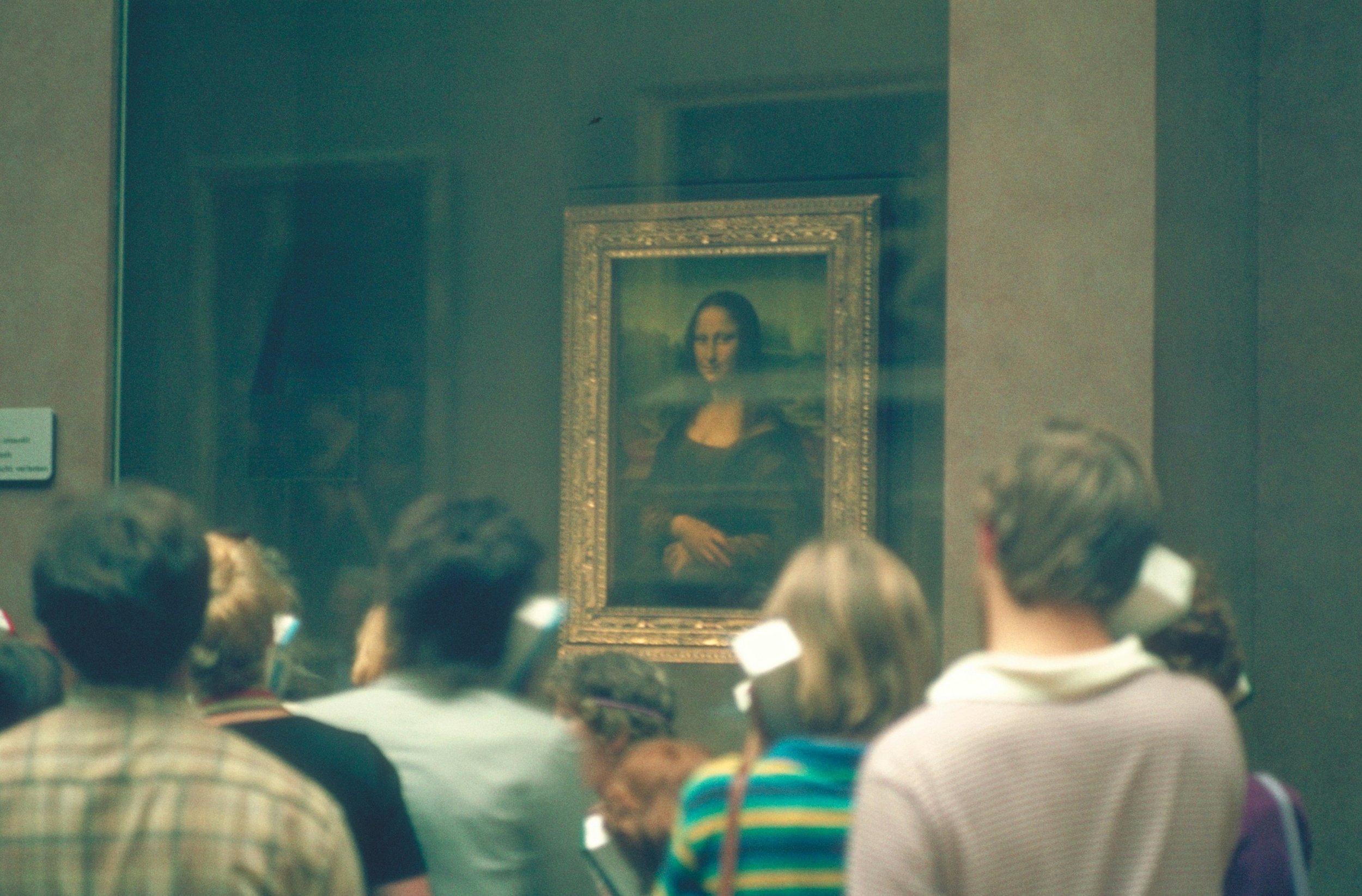Bologna La Grassa
/Why is Bologna called la grassa/ the fat one?
This nickname seems a bit harsh before you understand it. Yet this city also has two other names ‘Bologna La Rossa’ the red one and ‘La Dotta’ the learned. Bologna is well known for these, so what do they mean and why are they attributed to this stunning city?
The Fat One, is a by-word for good cuisine as Bologna has a famous tradition of incredible dishes, hospitality and generosity. La Rossa comes from the appearance of its beautiful towers and buildings which have distinctive red bricks. La Dotta is due to the ancient University which dates back to 1088.
This is not just any minor city, don’t discount it because you’ve completed Venice, Rome and Florence. There is so much more to explore of significance throughout Italy but especially in Bologna.
So should you try this city for your next break? Why not discover something special which might just capture your heart? It’s also a great base if you want to explore the city and then head off on day trips from Bologna as well.
Here’s our guide to Bologna La Grassa…
Credit: Unsplash.
Food in Bologna
It’s unthinkable to speak of Bologna without mentioning food.
There are literally hundreds, if not thousands, of places to dine, each one better than the next. Pizzerias, rosticcerias, trattorias, gelateria and luxury restaurants abound. The cuisine is simply wonderful. Many are situated under the beautiful colonnades making your experience all the more magical.
The list of Italian dishes/products which come from this region is vast. From my husband’s favourite Mortadella, (the ham which we call Bologna in English, makes sense, doesn't it?) to the tortellini, cappelletti, gramigna alla salsiccia, tigelle and zuccherini montanari cookies are only a few of the delicious culinary creations originating in Bologna.
Filled pasta shapes like tortellini are the staple diet here, as is ragu’ alla bolognese eaten with flat ribbon pasta such as pappardelle or tagliatelle. However, this has been exported and now is known around the world as ‘Spaghetti Bolognese’. Many of us had this growing up not realising how far from the original recipe it was!
So this is why Bologna is called ‘The Fat One’ because even for an Italian the food here is considered superb, you eat very well here.
Credit: Unsplash.
Music and the Bolognese
Music was and still is a very important part of the Bolognese culture. The University has had a course in music from 1450, and the city, also thanks to Pope Nicholas V, became a gathering point for many of the most important musical theoreticians of the era.
Most churches formed regularly performing choirs during the 15th and 16th centuries; in fact, the Rosary of Brotherhood of the Church of San Domenico offered concerts every Saturday during the year 1596.
The Basilica of Saint Petronius boasts two organs built during this time, one by Lorenzo da Prato in 1470 and the other by Baldassare Malamini in 1596, both of which are currently in use.
Several theatres were established during the same period, including the Malvezzi Theatre, which was used mainly for operatic productions. Musical production was guided by creativity and innovation and became one of the most sought after places to work for musicians from all over Italy.
There is a still a lively music scene here, in and outside of the churches. Famous bands from around the world often play in Bologna and more classical music tastes are catered for too, check out what’s coming up in the next year here.
5 Things to See in Bologna
Visit a church.
There are churches on every corner in Bologna, but there are several that stand out in particular, among which are the Basilica of San Petronius, the Basilica of St. Stephen with its unusual brickwork, the Basilica of St. Francis, the Church of San Domenico, the Church of Santa Maria dei Servi and the Sanctuary of the Madonna of San Luca which is on the top of the hill at Monte della Guardia. Each contains art objects of considerable value and beauty. The walk up to the Sanctuary is quite long, composed of 665 numbered porticoes, but the visit and the view are well worth the walk; there is a bus that makes the run, but the porticoes are all illustrated and worth seeing.
2. Le Due Torri Torre degli Asinell
These famous landmarks of Bologna were built in the 12th Century and now give wonderful views across the city. It’s quite a steep climb and one tower is slanting! So not for the feint hearted.
3. Take a guided walking tour
There is so much to see here that spending some time with a guide will really help. Not only will you learn so much, but you will also make sure you don’t miss anything and normally they take you to the best local bars/restaurants as well.
4. Enjoy a cooking class
Given how important food is in Bologna, why not take a cooking class with a local? Here you can learn how to make pasta and Italian desserts.
5. La Piazzola Market
We always visit the market when in Italy, it gives a real sense of the life of the residents here. La Piazzola Market has been established in Bologna for hundreds of years and is still a very bustling popular event. You’ll find it in Piazza dell Agosto, there are a lot of stalls so be prepared for a good wander. There you will find food, fashion, everyday products and much more.
Despite its history, Bologna is still a major commercial centre, and every year hosts fairs that present the best of the old and the new parts of the city. You never know just what treasures you will find!
As you can see there is a lot to more to learn about Bologna. The city is fascinating – so much of its history is still evident and alive. Bolognese people are friendly, outgoing, and great to talk to, many do speak some English and try to accommodate you.
So, what are you waiting for? Book that trip and as soon as we’re able to travel again, get yourself to La Grassa!


























